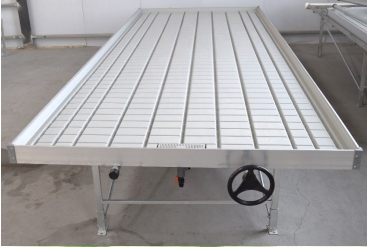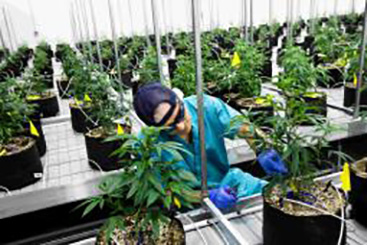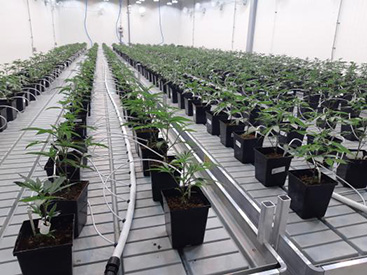1. The main purpose of the tidal seedbed is flower production, vegetable seedling cultivation, and scientific research greenhouse. Therefore, the standard size of the domestic tidal plate is 1.7 * 4.5 meters. There are many different lengths of tidal beds. Each tidal plate needs to be equipped with an upper and lower water device, the upper water pipe is a hard pipe, the inlet pipe diameter is 1 cm, the outlet pipe is 2 cm, and the pipe diameter is 2 cm. A pump is needed when the tidal seedbed enters water. The diameter of the suction pipe is 1 cm, and the diameter of the return pipe is 2 normal. The standard height of the seedbed is 0.7 meters. cm. It is forbidden to expose to the sun in the seedbed, normal use or use for 15 years. The tidal seedbed is composed of a tidal plate, a rolling shaft, a bracket, a frame of the seedbed, a hand wheel, a horizontal support, and an inclined rod. Or 0.75 meters, up and down can be finely adjusted; the standard width is 1.7 meters, can also be adjusted according to the width of the seedbed. According to user needs, the length can be set at 20-30 meters, but the length of the seedbed cannot exceed 40 meters, so as not to affect the rocking effect of the seedbed. The size of the tide plate is usually 1.7 * 4.5 (4 or 5) meters, other specifications can be designed according to needs. The insulation board is made of ABS material, which is corrosion resistant, strong bearing capacity and long length.

2. the use of tidal seedbed: Tidal seedbed is mainly used for greenhouse flower cultivation, vegetable seedlings, etc., and it is one of the indispensable equipment in modern agriculture.
3. The characteristics of tidal seedbeds:
1. Tidal irrigation has water-saving, completely closed system circulation, which can achieve more than 90% water and fertilizer utilization;
2. Tidal irrigation crops grow rapidly. Compared with traditional seedling raising methods, it is at least 1 day earlier a week, which improves the utilization rate of facilities;

3. The tidal irrigation method avoids the production of water film on the leaf surface of the plant, makes the leaves receive more light and photosynthesis, and promotes transpiration to absorb more nutrients from the roots;
4. Tidal irrigation adopts root substrate, which can provide stable root moisture and avoid the death of capillary roots due to drought near the root edge and root;
5. Tidal irrigation adopts manual operation, which can easily control humidity, keep crop leaves dry, and reduce the use of chemicals;
6. The tidal irrigation cultivation bed is very dry, no weeds grow, which can reduce the growth of fungi, and even manage the nutrient solution through manual operation, which can realize simple management within 20-30 minutes.

+86 189 2488 9901 +86 189 2455 5194
+86 189 2488 9901 +86 189 2455 5194

Copyright ©Kunyu Greenhouse Co., Ltd. All Rights Reserved | Sitemap